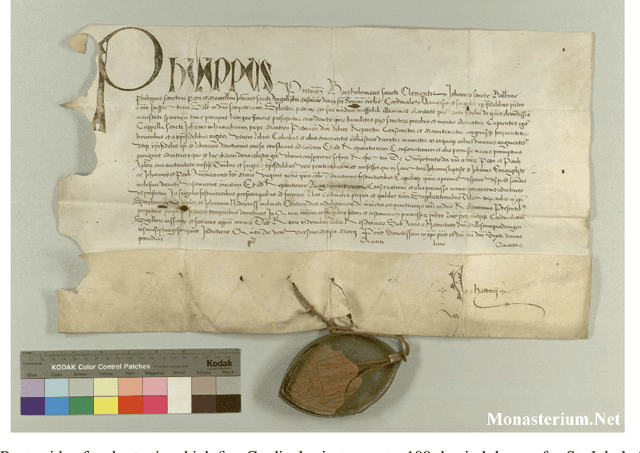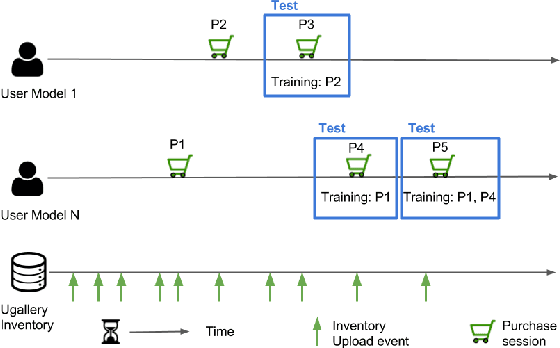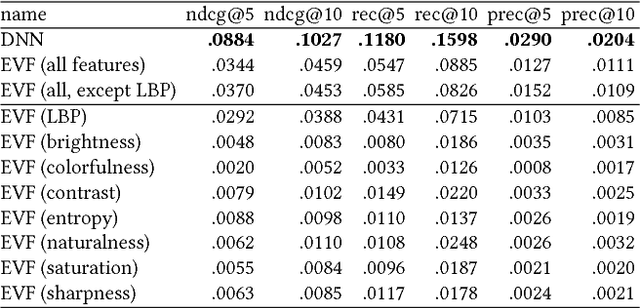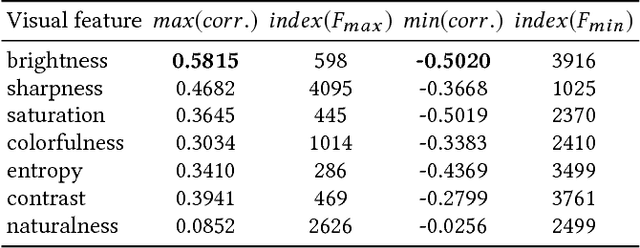Christoph Trattner
University of Bergen
Challenges in Implementing a Recommender System for Historical Research in the Humanities
Oct 28, 2024
Abstract:This extended abstract describes the challenges in implementing recommender systems for digital archives in the humanities, focusing on Monasterium.net, a platform for historical legal documents. We discuss three key aspects: (i) the unique characteristics of so-called charters as items for recommendation, (ii) the complex multi-stakeholder environment, and (iii) the distinct information-seeking behavior of scholars in the humanities. By examining these factors, we aim to contribute to the development of more effective and tailored recommender systems for (digital) humanities research.
A Survey on Popularity Bias in Recommender Systems
Aug 11, 2023Abstract:Recommender systems help people find relevant content in a personalized way. One main promise of such systems is that they are able to increase the visibility of items in the long tail, i.e., the lesser-known items in a catalogue. Existing research, however, suggests that in many situations today's recommendation algorithms instead exhibit a popularity bias, meaning that they often focus on rather popular items in their recommendations. Such a bias may not only lead to limited value of the recommendations for consumers and providers in the short run, but it may also cause undesired reinforcement effects over time. In this paper, we discuss the potential reasons for popularity bias and we review existing approaches to detect, quantify and mitigate popularity bias in recommender systems. Our survey therefore includes both an overview of the computational metrics used in the literature as well as a review of the main technical approaches to reduce the bias. We furthermore critically discuss today's literature, where we observe that the research is almost entirely based on computational experiments and on certain assumptions regarding the practical effects of including long-tail items in the recommendations.
ACM RecSys 2018 Late-Breaking Results Proceedings
Sep 11, 2018Abstract:The ACM RecSys'18 Late-Breaking Results track (previously known as the Poster track) is part of the main program of the 2018 ACM Conference on Recommender Systems in Vancouver, Canada. The track attracted 48 submissions this year out of which 18 papers could be accepted resulting in an acceptance rated of 37.5%.
Exploring Content-based Artwork Recommendation with Metadata and Visual Features
Oct 23, 2017

Abstract:Compared to other areas, artwork recommendation has received little attention, despite the continuous growth of the artwork market. Previous research has relied on ratings and metadata to make artwork recommendations, as well as visual features extracted with deep neural networks (DNN). However, these features have no direct interpretation to explicit visual features (e.g. brightness, texture) which might hinder explainability and user-acceptance. In this work, we study the impact of artwork metadata as well as visual features (DNN-based and attractiveness-based) for physical artwork recommendation, using images and transaction data from the UGallery online artwork store. Our results indicate that: (i) visual features perform better than manually curated data, (ii) DNN-based visual features perform better than attractiveness-based ones, and (iii) a hybrid approach improves the performance further. Our research can inform the development of new artwork recommenders relying on diverse content data.
Comparing Neural and Attractiveness-based Visual Features for Artwork Recommendation
Jul 21, 2017



Abstract:Advances in image processing and computer vision in the latest years have brought about the use of visual features in artwork recommendation. Recent works have shown that visual features obtained from pre-trained deep neural networks (DNNs) perform very well for recommending digital art. Other recent works have shown that explicit visual features (EVF) based on attractiveness can perform well in preference prediction tasks, but no previous work has compared DNN features versus specific attractiveness-based visual features (e.g. brightness, texture) in terms of recommendation performance. In this work, we study and compare the performance of DNN and EVF features for the purpose of physical artwork recommendation using transactional data from UGallery, an online store of physical paintings. In addition, we perform an exploratory analysis to understand if DNN embedded features have some relation with certain EVF. Our results show that DNN features outperform EVF, that certain EVF features are more suited for physical artwork recommendation and, finally, we show evidence that certain neurons in the DNN might be partially encoding visual features such as brightness, providing an opportunity for explaining recommendations based on visual neural models.
 Add to Chrome
Add to Chrome Add to Firefox
Add to Firefox Add to Edge
Add to Edge